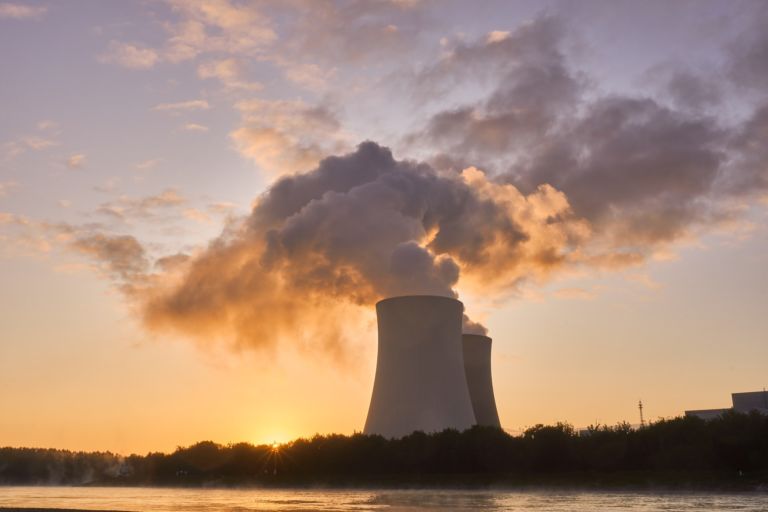You probably know about the problem with government incentives. But were you aware of the problem with government disincentives? This update discusses the new presidential administration working to weed out the latter with respect to energy policy.
Dr. Roy Cordato discussed both in his valuable research paper on the proper way to compare energy subsidies. As Dr. Cordato explained, the proper comparison is not to gross subsidies, but net subsidies.
Net subsidies are economically more relevant because they “include not only the monetized value of policies that subsidize the relevant industries but also the monetized value of policies that penalize those industries.” Cordato wrote:
Energy markets are riddled with government intrusions, from mandates and grants of monopoly privilege to special tax breaks and environmental and land use regulations. All energy sources are both subsidized and penalized.
The point to remember is that when we are given comparative estimates regarding energy subsidies alone we are being told an incomplete story.
From the perspective of economics, and liberty, the important question is — how are coercive policies distorting supply and demand relative to a free market that reflects actual scarcities, production costs, and consumer preferences?
Earlier this year, President Donald Trump sought to get a fuller picture of government’s intervention in domestic energy production. On March 28, Trump issued an executive order directing
executive departments and agencies (agencies) immediately review existing regulations that potentially burden the development or use of domestically produced energy resources and appropriately suspend, revise, or rescind those that unduly burden the development of domestic energy resources beyond the degree necessary to protect the public interest or otherwise comply with the law.
By “burden,” the order specifically meant
unnecessarily obstruct, delay, curtail, or otherwise impose significant costs on the siting, permitting, production, utilization, transmission, or delivery of energy resource.
I.e., policies that penalize domestic energy production.
This, by the way, is the same executive order that also set in motion the U.S. Environmental Protection Agency’s review of the Obama administration’s “Clean Power Plan” (CPP) rule. That rule threatened to impose monstrous economic costs for imperceptible benefits and was the subject of an unheard-of stay by the U.S. Supreme Court. When its review was completed, on October 10 the EPA officially moved to repeal the CPP rule.
Bottlenecks, foot-dragging, and even deliberate delays
On October 25, under the leadership of Secretary Ryan Zinke, the Department of the Interior issued a report in response to the president’s executive order. That report identified “a number of burdens that specifically impede the production and transportation of energy resources” and listed directives to address them.
Under President Barack Obama, the DOI had placed 94 percent of the Outer Continental Shelf (OCS) off-limits from leasing. This included reneging on previous promises to allow oil and gas exploration off the East Coast as part of his stated all-of-the-above approach toward domestic energy production. Now the DOI announces a new “America-First Offshore Energy Strategy” aimed at producing a new program to “responsibly develop” the OCS.
In 2016 the Obama-era DOI imposed a moratorium on new coal leases on federal lands, from which nearly 40 percent of the nation’s coal is derived. The DOI has now repealed that moratorium.
Similarly, a 2015 Bureau of Land Management rule concerning hydraulic fracturing on federal and Indian lands was found to be redundant and unjustified. The BLM moved to repeal the rule on July 25.
The BLM has also moved to suspend the Obama-era “Venting and Flaring” rule set to take effect in 2018, subject to review. That rule would have imposed significant compliance costs and job losses.
Going further, the report documented many different ways the federal bureaucracy stymies domestic energy development — several bottlenecks, instances of federal foot-dragging, and some deliberate project holdups brought about through excessive regulation or systemic abuse of well-intended regulatory procedures. They include:
- Delays fomented by “unnecessarily lengthy” reviews owing to numerous rules under the National Environment Policy Act of 1970. Those rules are now under review for revision or repeal.
- Uncertainty and inconsistency, as well as the questionable constitutionality, of current compensatory mitigation policies. Those policies are now under review.
- “Systematic delays” in leasing and permitting. Zinke has formed a permit expediting committee to address various causes for delays, including updating software and creating regional teams to help streamline the process.
- Outdated, unnecessary, and ineffective rules under the Endangered Species Act of 1973 needlessly increasing project costs and furthering delays. Those rules are now under review.
Readers interested in learning more about the future of energy policy under the new administration can view presentations from the Heartland Institute’s America First Energy Conference of November 9. The conference featured national energy policy experts and industry leaders to discuss those issues and related challenges.


